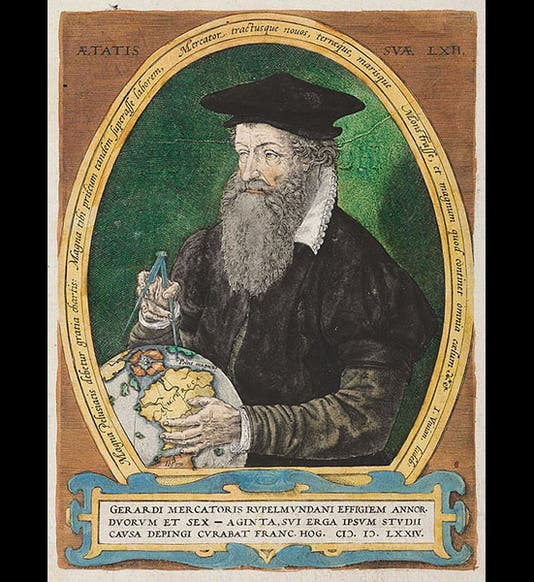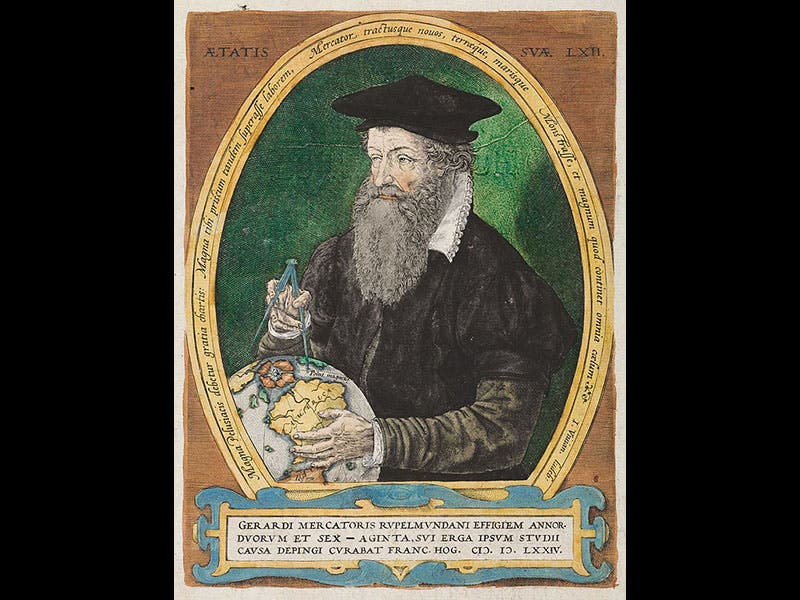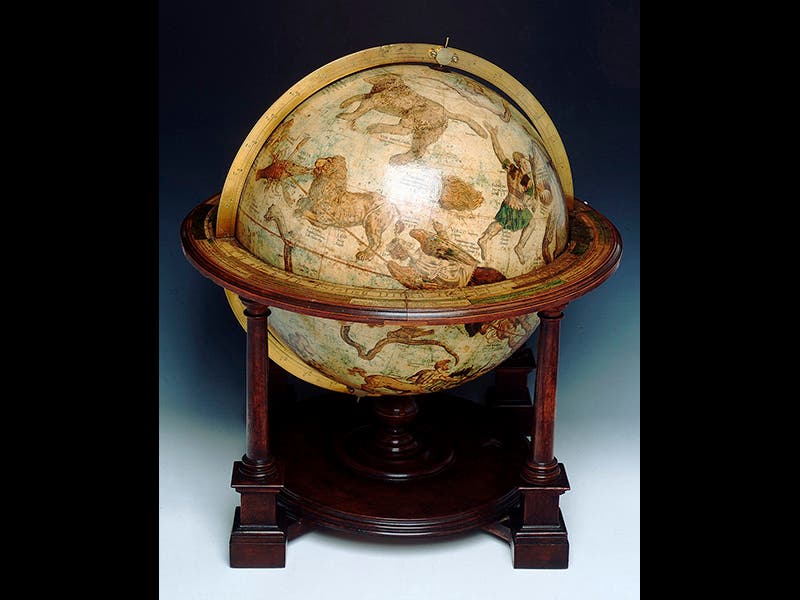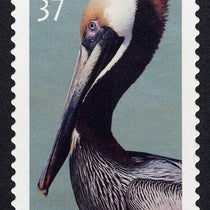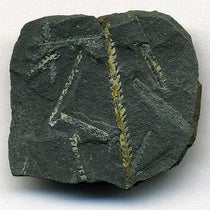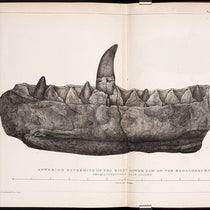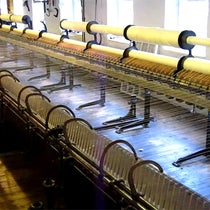Scientist of the Day - Gerard Mercator
Gerard Mercator, a Flemish cartographer, died Dec. 2, 1594. Mercator is best known for devising the Mercator projection, which first appeared on a large world map that he published in 1569 (second image). The original Mercator map, consisting of 18 engraved sheets that could be fitted together to make a wall map some six feet across, is quite scarce--only three copies survive, in Paris, Basel, and Breslau. The Mercator projection was designed so that all rhumb lines (lines in a particular compass direction, such as 43 degrees northeast) can be plotted as straight lines. On every other projection, a rhumb line will curve, sometimes in a quite complicated fashion. The Mercator projection was a boon for navigators. If you wanted to get from the Azores to Brazil, you simply drew a straight line between the two points on the map, measured the angle of intersection of the line with a meridian, and set off in that direction. Assuming the starting and ending points were plotted on the map in their proper geographical position (a big assumption in 1569), and assuming that your compass were accurate, you would arrive at your destination. The only problem comes at high latitudes; in order to keep the rhumb lines straight, the scale has to increase as you go north or south, so that land masses get huge above 70 degrees. But that was not much of a shortcoming in the sixteenth century.
In his own day, Mercator was better known as a globe maker. Globe making was an arduous task; it involved fashioning a large round ball of papier-mâché on a light wooden form, and then engraving and printing flat curved strips, or gores, which had to be carefully pasted on the globe, with the finished production then hand-colored. Mercator collaborated on a terrestrial globe in 1541, and then published on his own a companion celestial globe in 1551; these were so successful that he published many more in his lifetime. Some 22 Mercator globe pairs survive today. You can see one set in the Mercator Museum in Sint-Niklaas in northern Belgium; above we show the terrestrial globe (third image). The celestial globe is from a pair at Oxford (fourth image).
The portrait of Mercator, at age 42, was engraved by his good friend and fellow cartographer, Frans Hogenberg (first image). There is a handsome bronze statue of Mercator by Léon-Joseph Chavalliaud outside the Sefton Park Palm House in Liverpool (fifth image).
Dr. William B. Ashworth, Jr., Consultant for the History of Science, Linda Hall Library and Associate Professor, Department of History, University of Missouri-Kansas City. Comments or corrections are welcome; please direct to ashworthw@umkc.edu.

